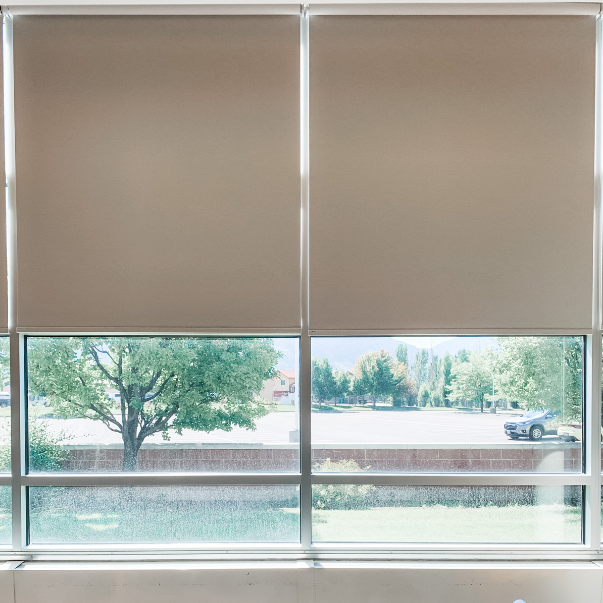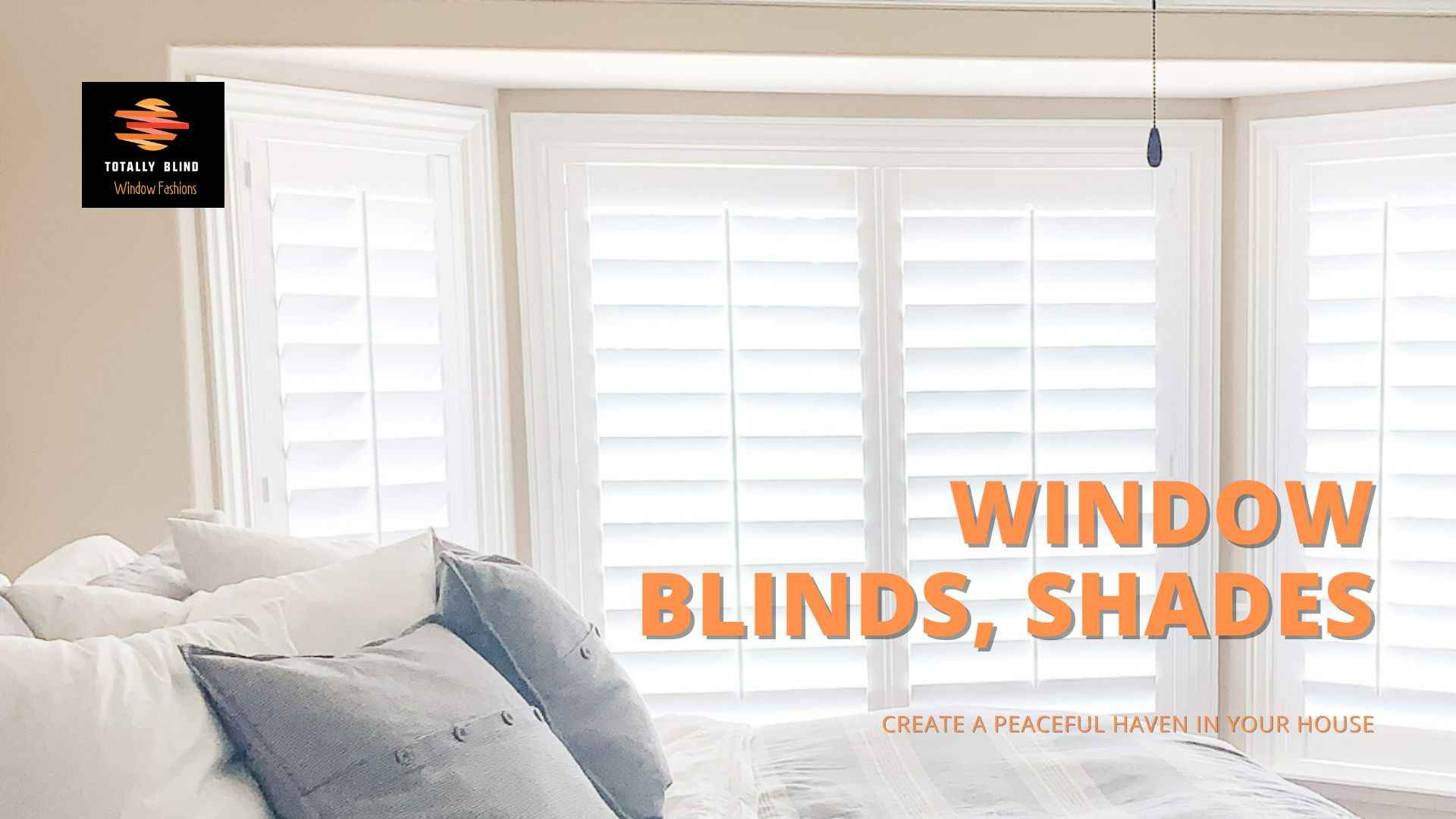Light Filtering Shades in Utah – Totally Blind Window Fashions
What is light filtering shades?
Light filtering shades, also known as light-filtering blinds or light-filtering curtains, are window treatments designed to allow natural light to enter a room while still providing privacy and reducing glare. These shades are made from materials that are semi-transparent or have a certain degree of translucency, allowing light to pass through them while diffusing it.
Light filtering shades are commonly used in residential and commercial spaces where maintaining a connection with the outdoors and enjoying natural light is desired, while still ensuring some level of privacy. They are often preferred in rooms such as living areas, dining rooms, and offices, where a balance of natural light and privacy is needed.
These shades can be made from various materials, including lightweight fabrics, sheer materials, or specially engineered fabrics that have light-filtering properties. The degree of light filtration can vary depending on the material and design of the shade. While they allow light to enter, they also help reduce glare and block harmful UV rays to some extent, protecting furnishings and floors from fading.
Light filtering shades offer a softer and more diffused light compared to their blackout counterparts. They create a pleasant ambiance by gently filtering the sunlight, providing a warm glow and reducing harsh shadows. However, they do not offer complete darkness or complete privacy, especially during nighttime when the interior lights are on.
It’s important to note that the specific features and characteristics of light filtering shades can vary depending on the manufacturer, brand, and the type of window treatment being used.
Do Light filtering shades provide privacy?
Light filtering shades provide a certain degree of privacy, but they do not offer complete privacy, especially during nighttime or when the interior lights are on. The level of privacy provided by light filtering shades depends on factors such as the opacity of the material, the distance between the shades and the window, and the lighting conditions both inside and outside the room.
During the day, light filtering shades can maintain privacy by reducing the view from the outside while still allowing some natural light to enter the room. These shades typically create a blurred or diffused view from the outside, making it difficult for people to see specific details inside the room. However, if the shades are close to the window or the lighting inside the room is significantly brighter than the outside, the privacy may be compromised.
At night or when the interior lights are on, the translucency of light filtering shades can make it easier for people outside to see into the room. To enhance privacy during these times, additional measures may be necessary, such as using curtains or blinds with greater opacity or incorporating other window treatments that offer better privacy, such as blackout curtains or blinds.
It’s important to consider your specific privacy needs when choosing window treatments. If privacy is a top concern, you may want to consider options specifically designed for enhanced privacy, such as blackout shades or curtains, or use light filtering shades in combination with other window coverings for better privacy control.
Can you see through light filtering shades at night?
Light filtering shades are designed to allow natural light to enter a room while still providing privacy during the day. However, when it comes to nighttime or when the interior lights are on, the level of privacy provided by light filtering shades can be reduced.
In low-light conditions, such as at night, it becomes easier to see through light filtering shades from the outside. The translucency of the material, which allows light to pass through during the day, can also allow some visibility into the room when there is a significant contrast between the interior lighting and the darkness outside. Depending on the specific fabric and design of the shades, the level of visibility can vary.
If maintaining privacy is a concern during nighttime or when the interior lights are on, additional measures may be necessary. You can consider layering the light filtering shades with curtains, blinds, or other window treatments that offer greater opacity or enhanced privacy, such as blackout curtains or blinds. This combination of window coverings can provide better privacy control by blocking the view from the outside and preventing light from passing through.
It’s also worth noting that the level of privacy provided by light filtering shades at night can vary based on factors such as the distance between the shades and the window, the lighting conditions both inside and outside the room, and the specific fabric and construction of the shades.
Will light filtering shades stop glare?
Light filtering shades are designed to reduce glare by diffusing and filtering the incoming sunlight. While they cannot completely eliminate glare, they can significantly reduce its intensity and create a more comfortable environment.
When sunlight passes through light filtering shades, the semi-transparent or translucent material helps to scatter and disperse the light. This diffusion process reduces the direct intensity of the light and minimizes the formation of harsh glare. As a result, the light that enters the room is softer and more evenly spread, creating a more pleasant and visually comfortable atmosphere.
The effectiveness of light filtering shades in reducing glare can depend on factors such as the opacity and thickness of the material, the color and texture of the fabric, and the angle at which the sunlight enters the room. In general, light filtering shades are designed to strike a balance between allowing natural light to enter and minimizing the discomfort caused by glare.
However, it’s important to note that while light filtering shades can help reduce glare, they may not eliminate it entirely, especially in situations where there is intense and direct sunlight or if the light source is positioned at a certain angle that bypasses the shades. In such cases, additional measures like adjusting the position of the shades, tilting them to control the angle of light, or using supplementary window coverings may be required to further reduce glare.





Comments
Post a Comment